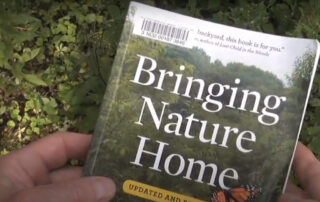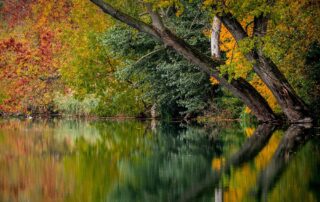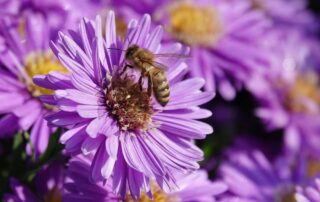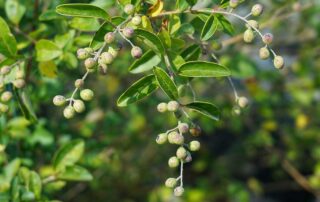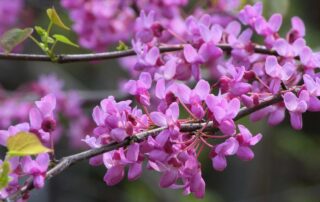Create A Suburban Ecosystem
This Spring, don't plant annuals. Create an ecosystem and fight climate change. What you may wonder does my small backyard landscape have to do with climate change? The answer is a lot. Everything in the natural world is connected. An ecosystem is a community of living and non-living things that work together. Ecosystems are often referred to as the chain of communication or interaction between the living organisms and their environment.


